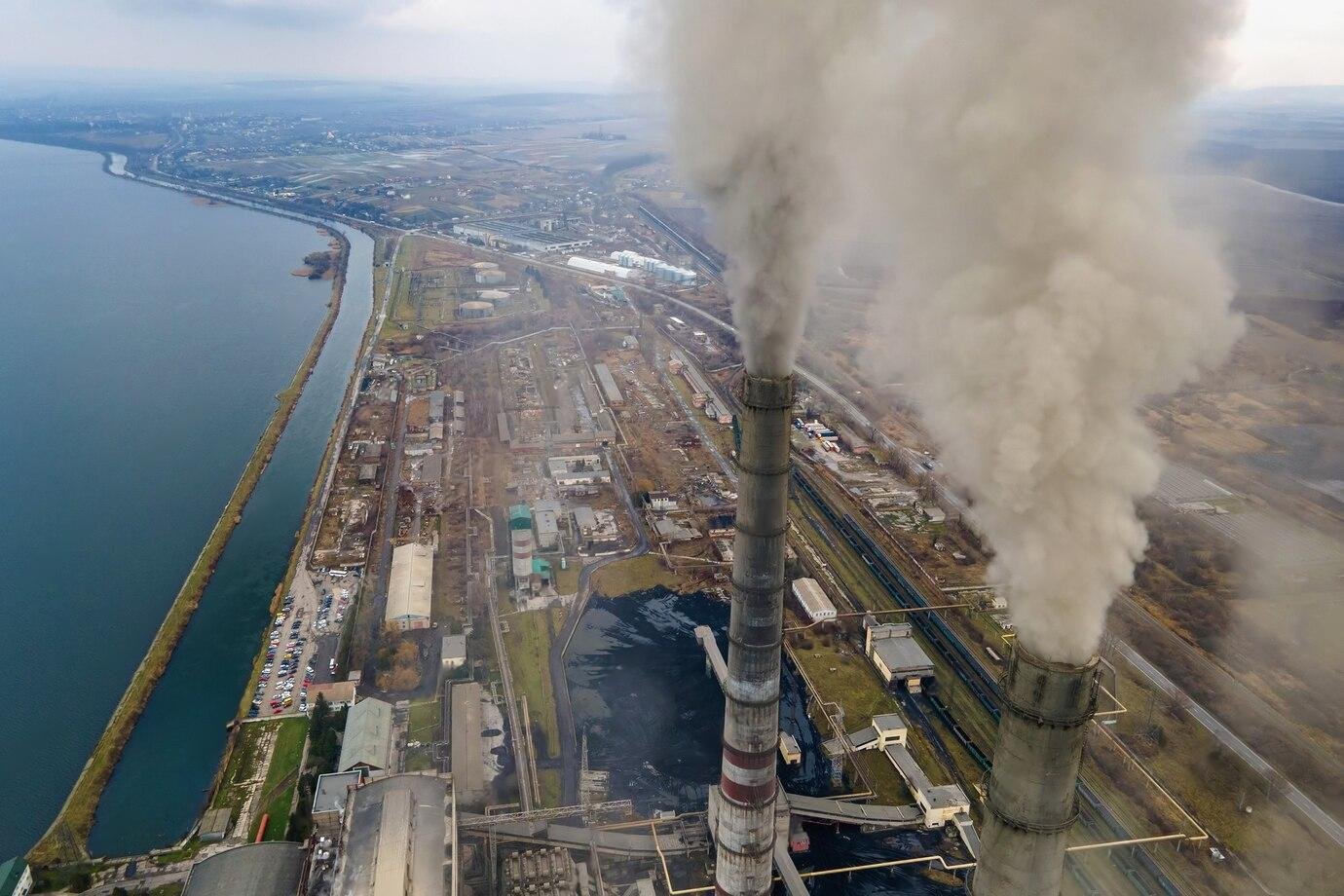Chennai, the bustling capital of Tamil Nadu, is known for its vibrant culture, booming industries, and coastal charm. However, with rapid urbanization and industrial growth, pollution has emerged as a pressing issue, posing significant environmental and health challenges. Pollution control in Chennai has become a critical agenda for authorities, industries, and citizens alike. Central to this effort is obtaining Pollution Control Board Approval Chennai, a vital step for industries and businesses operating within the city.
This blog delves into the current trends, challenges, and efforts in pollution control in Chennai, shedding light on the role of the Tamil Nadu Pollution Control Board (TNPCB) in regulating and mitigating environmental hazards.
Understanding the Role of the Tamil Nadu Pollution Control Board (TNPCB)
The Tamil Nadu Pollution Control Board (TNPCB) plays a pivotal role in monitoring and regulating pollution levels across the state, including Chennai. The board ensures compliance with environmental standards set by the Ministry of Environment, Forest, and Climate Change (MoEFCC). Businesses and industries must obtain Pollution Control Board Approval Chennai to establish, operate, or expand their facilities.
This approval involves stringent checks to ensure that industrial activities do not adversely impact air, water, and soil quality. TNPCB mandates industries to implement measures such as:
- Effluent Treatment Plants (ETPs): To treat and manage industrial wastewater before disposal.
- Air Pollution Control Systems: Installation of scrubbers, bag filters, and electrostatic precipitators to limit emissions.
- Solid Waste Management: Ensuring proper disposal and treatment of industrial solid waste.
Current Trends in Pollution Control in Chennai
1. Technology-Driven Monitoring
Advanced technologies such as Geographic Information Systems (GIS), IoT-enabled sensors, and AI-driven analytics are being increasingly adopted to monitor pollution in real-time. The TNPCB has introduced digital platforms to streamline the application process for Pollution Control Board Approval Chennai, making it more transparent and efficient.
2. Emission Standards and Compliance
Stringent emission norms for industries and vehicles are being enforced. Chennai has witnessed an uptick in compliance with Bharat Stage VI (BS-VI) norms, which have significantly reduced vehicular emissions.
3. Public-Private Partnerships
Collaborations between government bodies and private entities have spurred innovative projects. Initiatives such as beach clean-ups, waste-to-energy plants, and renewable energy adoption are gaining traction in Chennai.
4. Community Awareness Programs
Public awareness campaigns on reducing single-use plastics, managing e-waste, and promoting green practices are being actively conducted. Schools, NGOs, and corporate social responsibility (CSR) initiatives have been instrumental in driving grassroots-level change.
Challenges in Pollution Control
Despite notable progress, Chennai faces several challenges in effectively controlling pollution:
1. Rising Air Pollution
Vehicular emissions, construction dust, and industrial activities contribute significantly to deteriorating air quality in Chennai. Seasonal factors such as monsoon failures exacerbate the issue, with particulate matter levels often breaching safe limits.
2. Water Contamination
The city’s rivers, including the Adyar and Cooum, are heavily polluted due to untreated sewage and industrial effluents. Lack of robust wastewater management infrastructure poses a severe threat to aquatic ecosystems and public health.
3. Unregulated Waste Disposal
Improper disposal of municipal solid waste and hazardous industrial waste remains a critical issue. Despite the presence of landfills, illegal dumping and open burning of waste continue to pollute air and soil.
4. Compliance Gaps
While obtaining Pollution Control Board Approval Chennai is mandatory, non-compliance by some industries undermines the effectiveness of regulatory frameworks. Insufficient manpower and resources at the TNPCB further impede strict enforcement.
5. Urbanization Pressures
Rapid urban expansion leads to deforestation, loss of wetlands, and increased energy demand, all of which contribute to pollution. The absence of green buffers in urban planning exacerbates the environmental impact.
Moving Forward: Strategies for Effective Pollution Control
1. Strengthening Regulatory Frameworks
The TNPCB must enhance its surveillance capabilities by leveraging technology for real-time monitoring. Strict penalties for violations and incentives for compliance can drive better adherence to environmental norms.
2. Upgrading Waste Management Systems
Modernizing waste segregation, recycling, and treatment infrastructure can significantly reduce the environmental burden. Promoting decentralized waste management systems in residential areas and industrial zones can also be effective.
3. Promoting Green Industries
Encouraging businesses to adopt eco-friendly practices and technologies can minimize their ecological footprint. Offering subsidies or tax benefits for sustainable innovations can motivate industries to go green.
4. Engaging Citizens
Empowering citizens through education and awareness campaigns can foster a culture of environmental responsibility. Initiatives like carpooling, rooftop gardening, and zero-waste living should be actively promoted.
5. Sustainable Urban Planning
Incorporating green spaces, water-sensitive urban design, and renewable energy systems in city planning can mitigate pollution and enhance resilience against climate change.
Conclusion
Pollution control in Chennai requires a multi-faceted approach involving the government, industries, and citizens. The TNPCB’s role in granting Pollution Control Board Approval Chennai is integral to regulating industrial activities and mitigating environmental risks. However, addressing challenges such as air pollution, water contamination, and waste management necessitates collective action and innovative solutions.
Chennai has the potential to emerge as a model city for sustainable urbanization by embracing eco-friendly practices and robust governance. Together, we can ensure a cleaner, greener, and healthier future for this vibrant metropolis.

